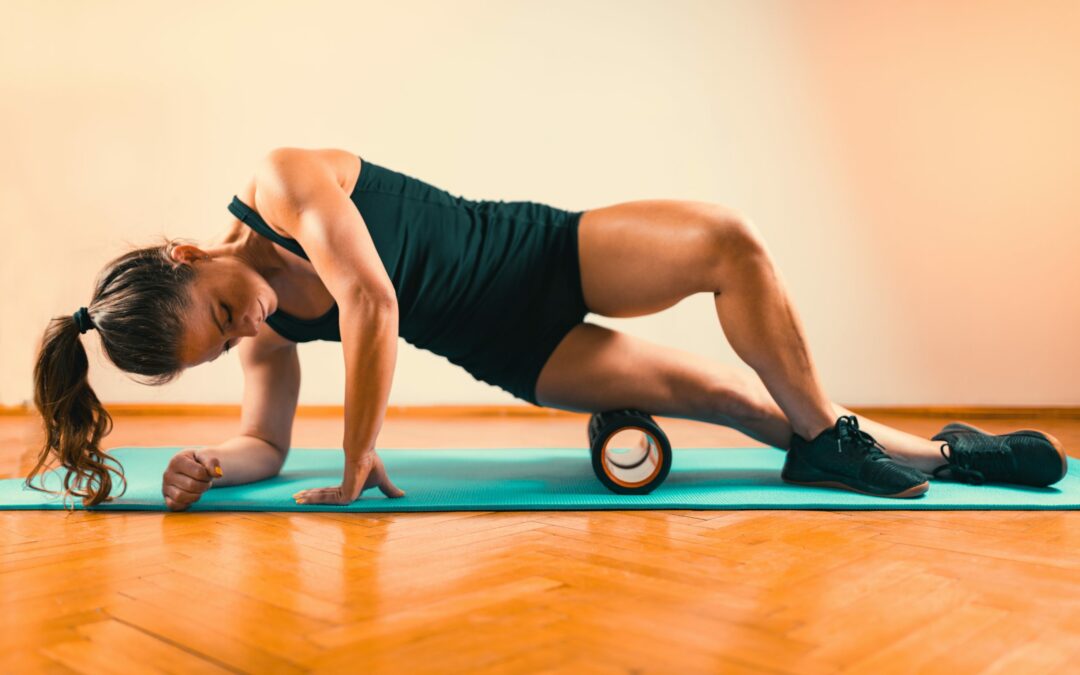By Courtney Mason Cowen PT, DPT
The pandemic and all its effects on supply chains, delivery infrastructure, and access to traditional fitness facilities drove people to find creative ways to move their bodies. The zeal for at-home workouts launched a demand that almost wiped out the inventory of dumbbells, kettlebells, and elastic bands. Creative substitutions followed, as they tend to do. I am, indeed, among the crafty-bordering-on-crazy, and attempted a DIY sandbag for my home workouts. This is how I found myself on the tailgate of a pickup truck in the blazing Charleston heat carefully pouring sand from the barriers I once used to prevent floodwaters from lapping into my home into industrial grade trash bags, wrestling them into shape with the last roll of duct tape in the home improvement store, only to realize that I was not, in fact, strong enough to lift my carefully crafted heavy item from the bed of that pickup truck. Covered in sweat and sprinkled with sand, I surrendered. And then the back pain started.
If you’ve experienced new aches and pains since the pandemic began, you’re in good company.
For some, the COVID-19 pandemic offered the time and motivation to begin an exercise routine. A wave of enthusiastic, DIY exercise videos, at-home challenges, and virtual running events flooded social media, offering inspiring and accessible ways to get moving while avoiding crowds. As the lockdowns extended, the determined and the problem-solving found ways to make use of household items to simulate their gym routine, or challenged themselves to run that virtual 5k they’ve resolved to complete each January. For others, working remotely traded the daily activity of their commute for a much more sedentary lifestyle spent on Zoom on the couch, at the dining room table, or on the kitchen bartop. No matter which group you might identify with, the pandemic has changed the way we move through our days more than we might care to admit.
“Pandemic pain” is a common experience among patients seeking physical therapy this year. Neck pain, low back pain, and hip pain are some of the common ailments of spending much of the day on the computer, while muscle strains, tendinopathy, and ligament sprains are the common concern for people who have quickly increased their physical activity. Weight gain, stress, isolation, and inconsistent access to the gym or yoga studio has left many people feeling adrift when it comes to staying physically active and pain-free in the pandemic world. The good news? Physical therapists have the training to help.
Physical therapists can assess and treat the source of your pain and create an individualized plan centered around your personal goals, teach you how to improve your ergonomics, and guide you in returning to your regular activities.
The therapists at Motion Stability have all earned their Doctorate of Physical Therapy, which specifically includes education that prepares therapists to screen patients for serious health conditions and contraindications to exercise. If your health has changed since you last regularly exercised, it’s important to seek informed care to ensure you’re ready to put your best foot forward. If your visit reveals anything that warrants further investigation, we’ll refer you to your physician to ensure you’re ready to begin a new program.
If you are continuing to grapple with the effects of a resolved COVID-19 infection such as fatigue, deconditioning, or weakness, a skilled physical therapist can assist you in your recovery. The field of physical therapy continues to follow patients through their experiences with COVID-19 with regular updates to treatment standards of practice. While the effects of COVID-19 continue to be understood, physical therapists are trained in cardiopulmonary, musculoskeletal, and neuromuscular rehabilitation and stand ready to assist those affected by COVID in returning to doing what they love.
No matter how the pandemic has changed the way you move your body, physical therapists can help to get you moving in the right direction.
Lopez Martinez JJ, Rodríguez-Roiz JM, Salcedo Cánovas C. Musculoskeletal injuries secondary to exercise during confinement by the pandemic COVID-19. Med Clin (Engl Ed). 2020 Sep 11;155(5):221-222. doi: 10.1016/j.medcle.2020.05.013. Epub 2020 Aug 3. PMID: 32838041; PMCID: PMC7396947.


Recent Comments